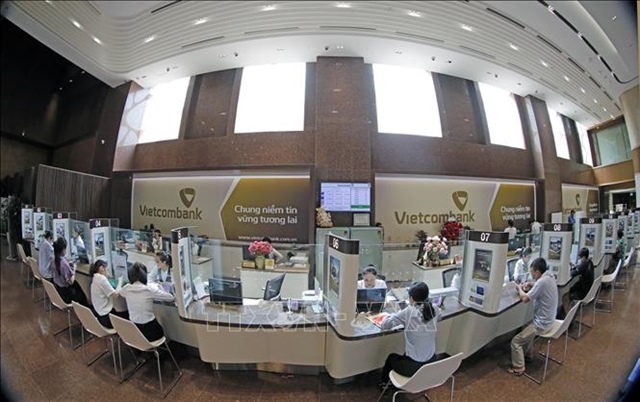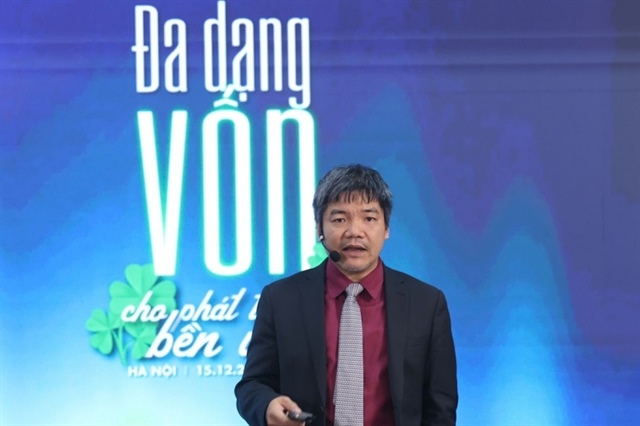Small banks finding hard to reduce lending interest rate on old loans
Small banks finding hard to reduce lending interest rate on old loans
Commercial banks that have en masse reduced the lending interest rate are mainly lenders in Group 1 and 2, however small banks are finding it hard to carry out this policy.

Banks en masse reduced interest rates
On July 11, a series of commercial banks have announced to lower the lending interest rate for old loans to 15 percent per year from July 15 with an aim to share difficulties with enterprises.
Following Vietnam Commercial Joint Stock Bank for Foreign Trade (Vietcombank-VCB), Vietnam Commercial Joint Stock Bank of Industry and Trade (VietinBank-CTG) and Saigon Hanoi Commercial Joint Stock Bank (SHB) have recently also announced to launch its interest rate adjustment plan for old loans.
On July 12, Bank for Investment and Development of Vietnam (Bidv) also announced to review all loans at the interest rate of above 15 percent per year and adjust down to the maximum of 15 percent per year from July 15, 2012 for corporate and household customers.
Le Hung Dung, chair of director board of Vietnam Export Import Commercial Joint Stock Bank (Eximbank-EIB) on July 13 had an online meeting with 41 branches nationwide to direct the reduction of interest rate for old loans from July 15.
It is not easy to reduce lending interest rate for old loans quickly.
The reduction of lending interest rate still raised many concerns. The first is the issue of time. A deputy general director of Bidv said that the bank will cut interest rate for old loans to 15 percent per year but the difficulty in credit contracts is that commercial banks regulated to adjust down interest rate for loan once per 3-6 months.
In addition, commercial banks have to apply the deposit interest rate cap as prescribed by the central bank while the lending interest rate will depend on the average capital costs of commercial banks to have different lending rates. With the old interest rate, commercial banks can not immediately cut down due to average capital costs of many commercial banks are now high.
Therefore, commercial banks will cut down the interest rate but the reduction will be implemented gradually but not suddenly. Many commercial banks revealed that they cannot immediately decide to cut interest rate for old loans to 15 percent per year but have to review all old credit contracts and consider and assess the situation of each enterprise to have suitable adjustments.
Hard for small banks
According to the figures from the central bank, so far, the common lending interest rate of state-owned commercial joint stock banks for corporate customers is 12-15 percent per year, individual customers at 14-17 percent p.a. and add 0.5-1.5 percent per year for old loans. Meanwhile, the lending interest rate for new loans at state-owned commercial joint stock banks is 13-17 percent per year, individuals at above 17 percent and it is even higher for old loans, at 18-20 percent per year.
The number of commercial banks providing loans for four prioritised sectors with preferential interest rate is not high as the average input costs at some joint stock banks are still high and the saving interest rate at 11 percent per year, 12 percent per year and 14 percent per year are still in the capital mobilisation structure of banks.
Tran Du Lich, member of the National Monetary Policy Consultancy Council opined that although liquidity of HCM City-based bank is stable, weak commercial banks (Group 4) and average banks (Group 3) now have high bad debts and slow debt recovery. Therefore, the deposit rate at these banks is still higher than the common level.
Maybe these weak banks will still limit new loans but still cannot quickly cut interest rate for old loans. Thus, the reduction of lending interest rate for old loans is just expected in state-owned bank group and large commercial joint stock banks in Group 1 and 2.
Saigon Dau Tu



























